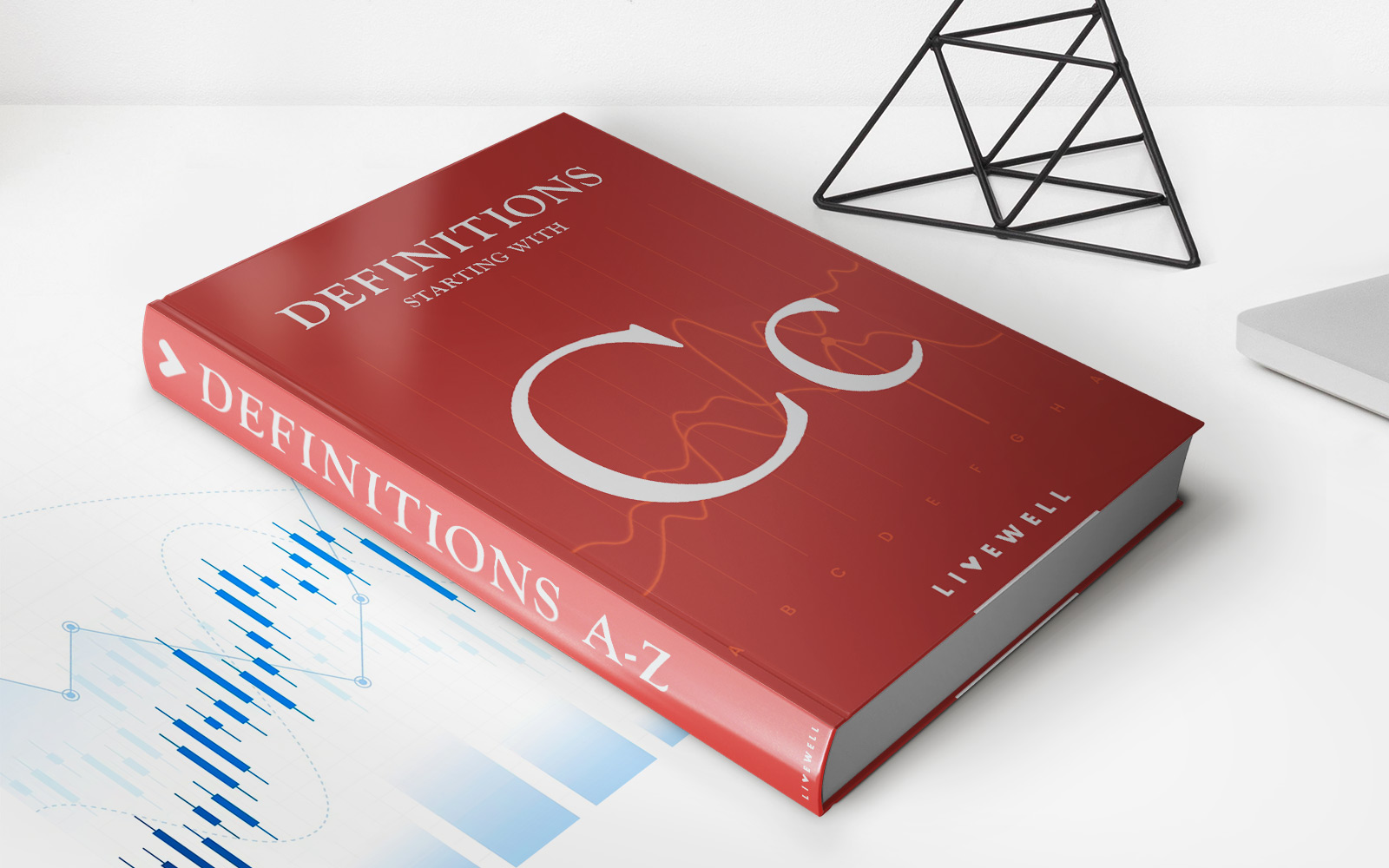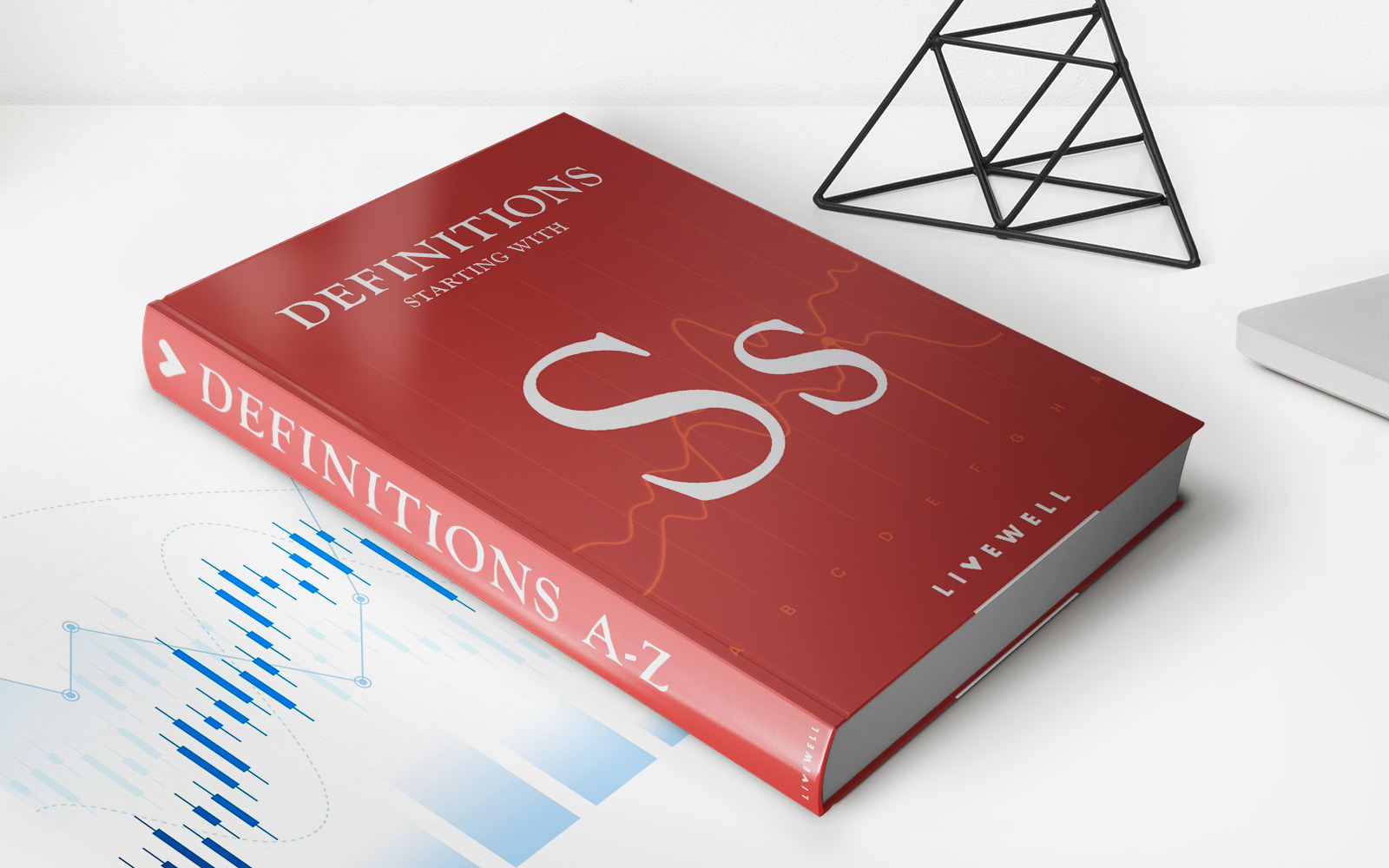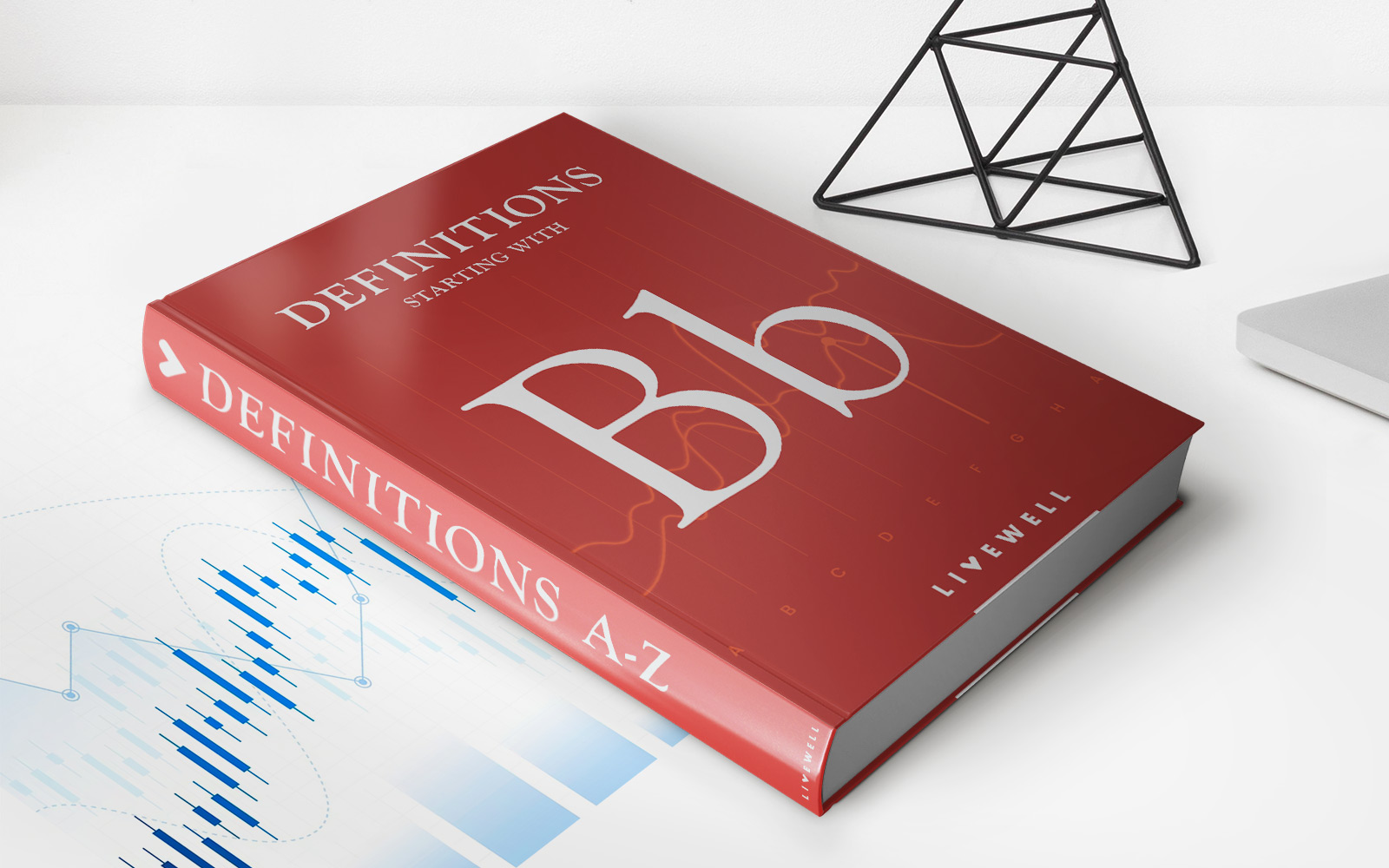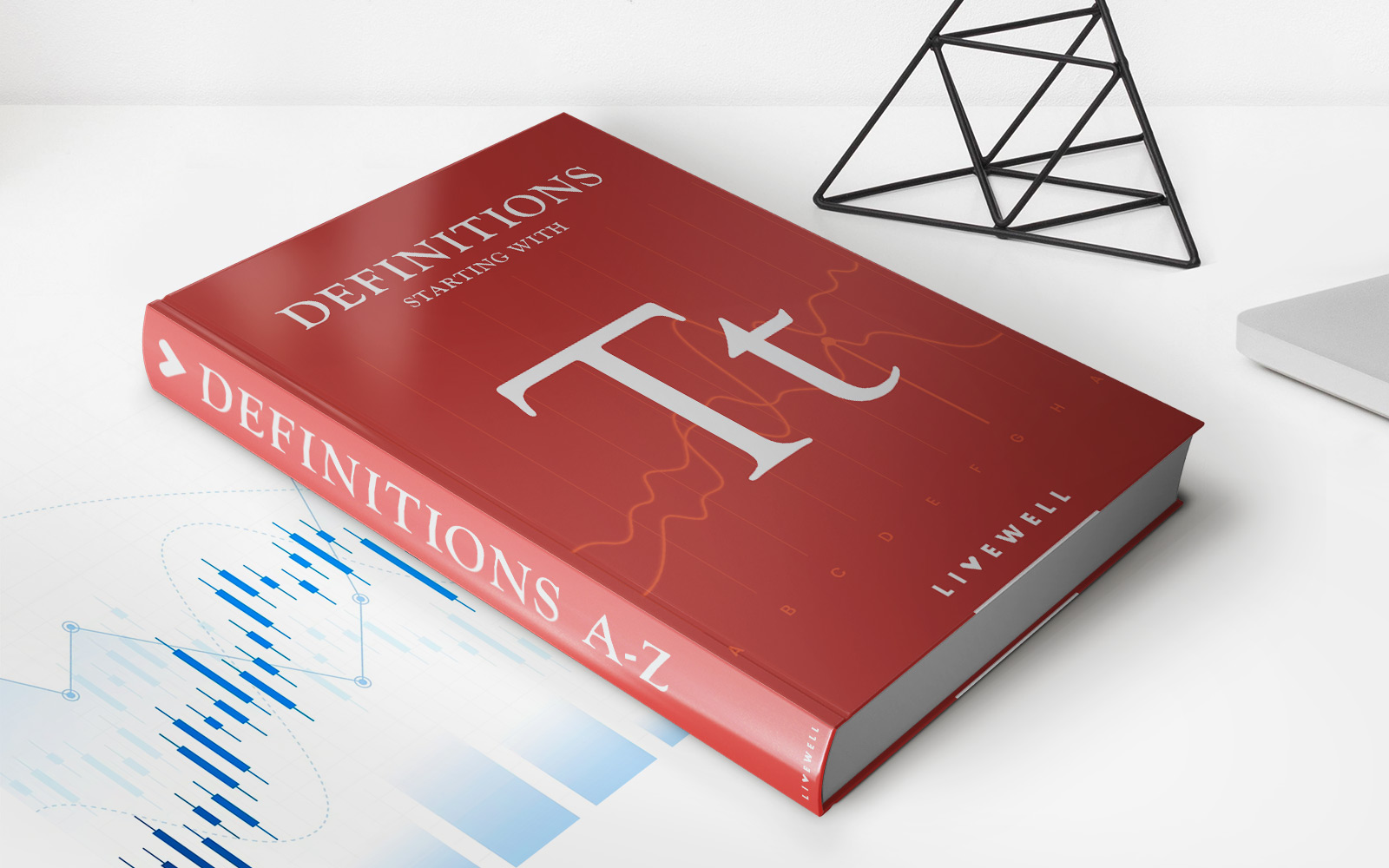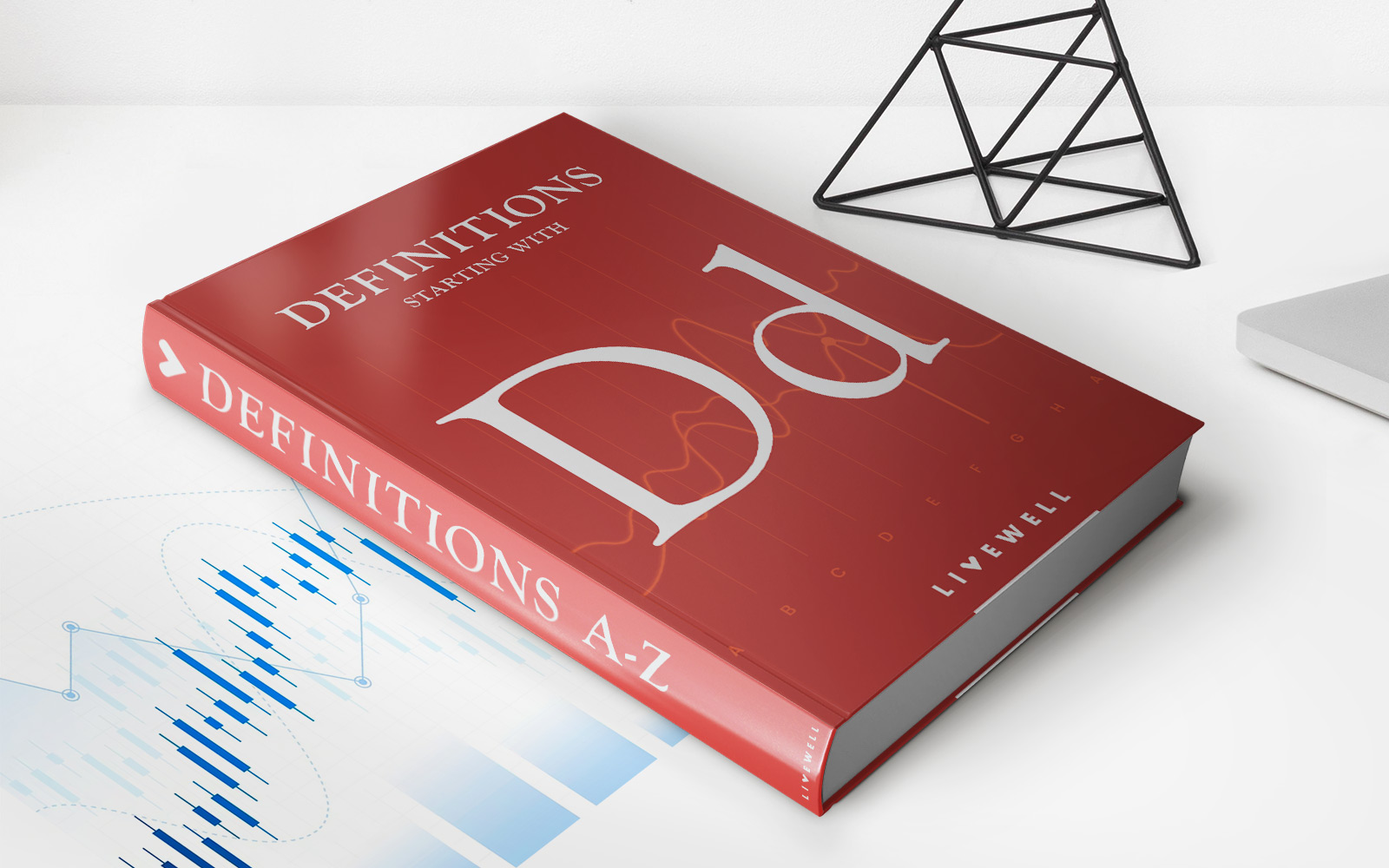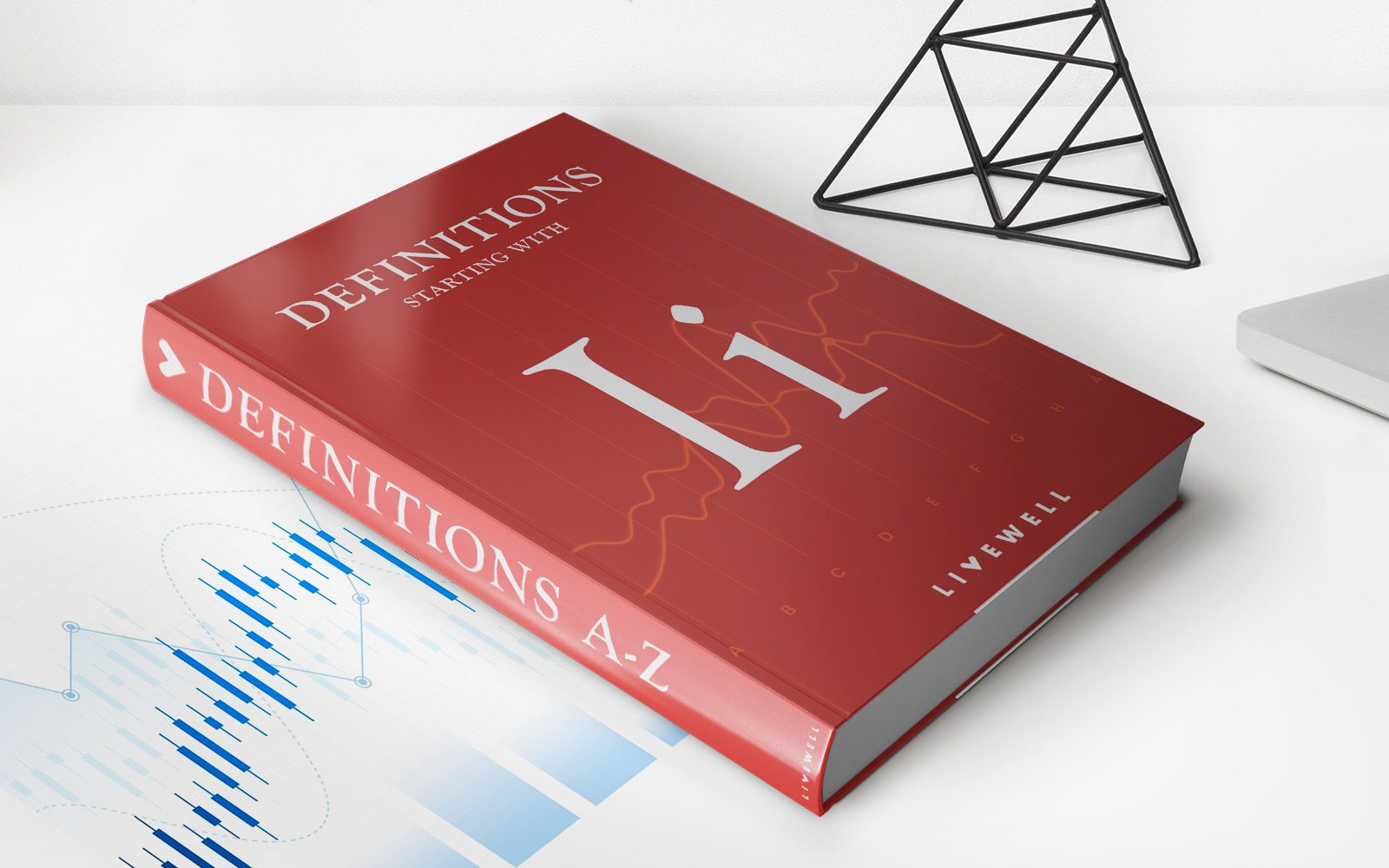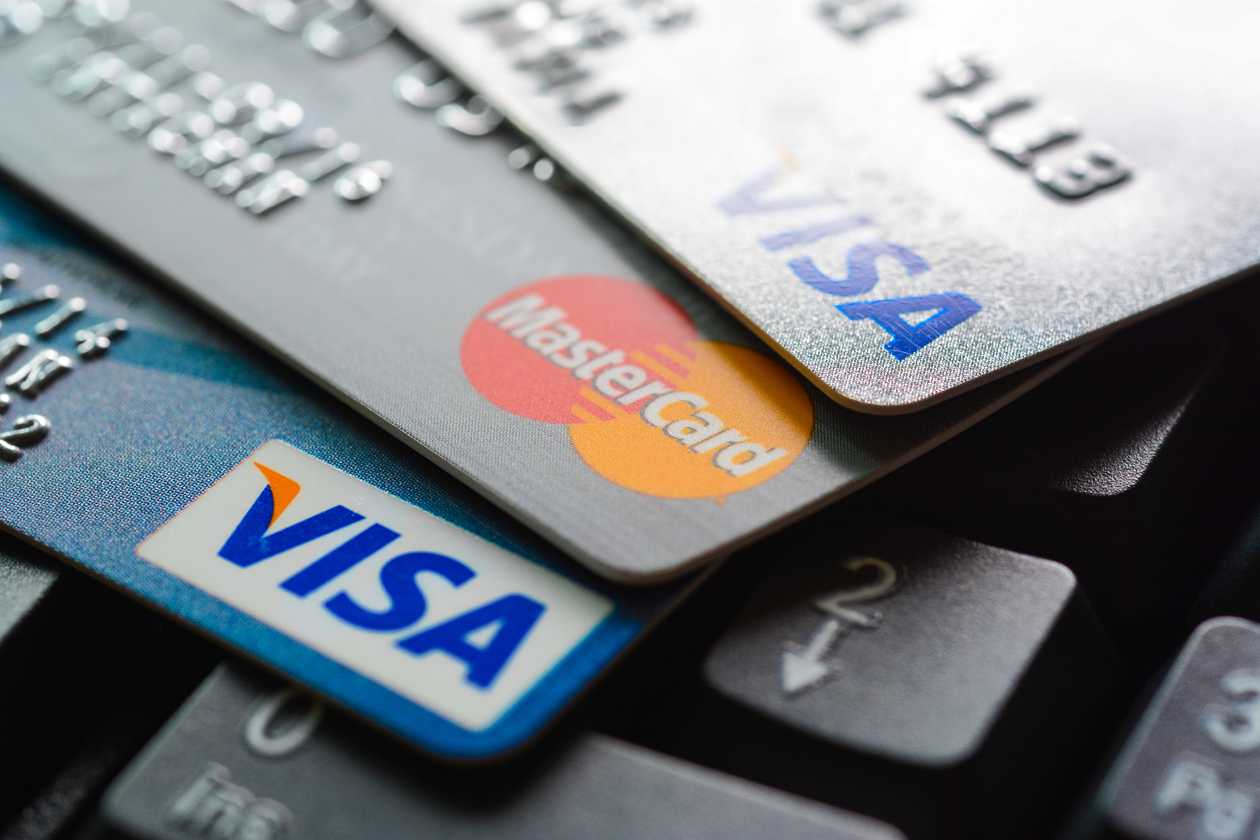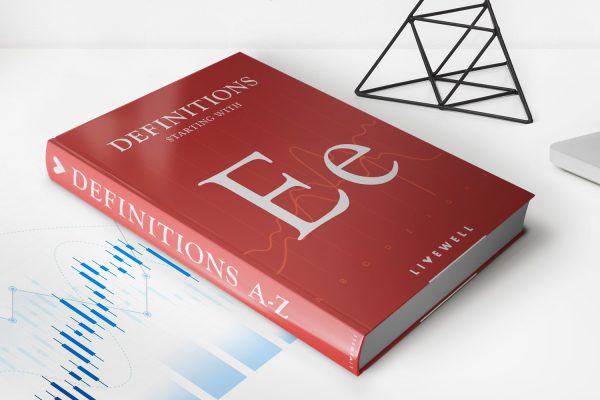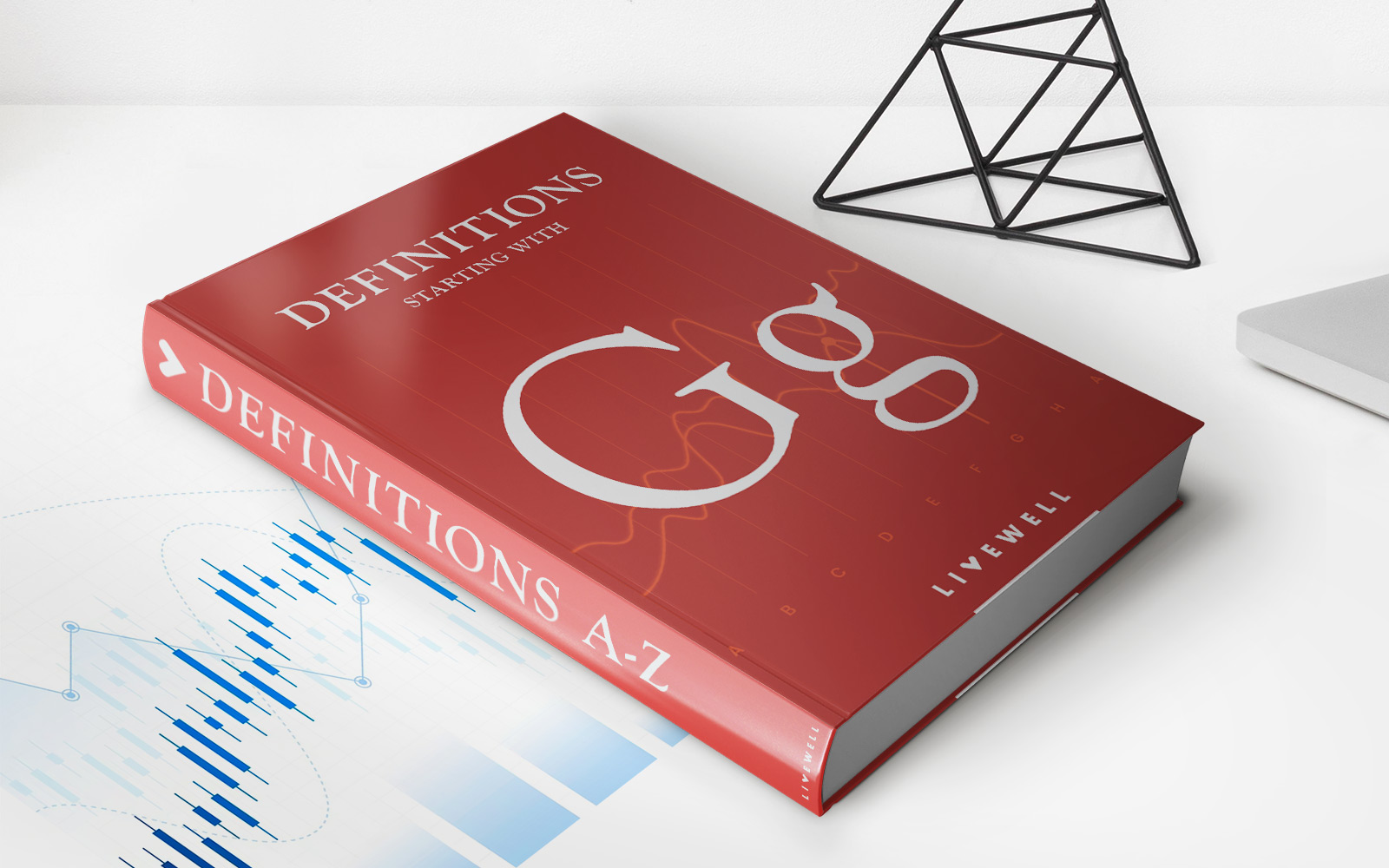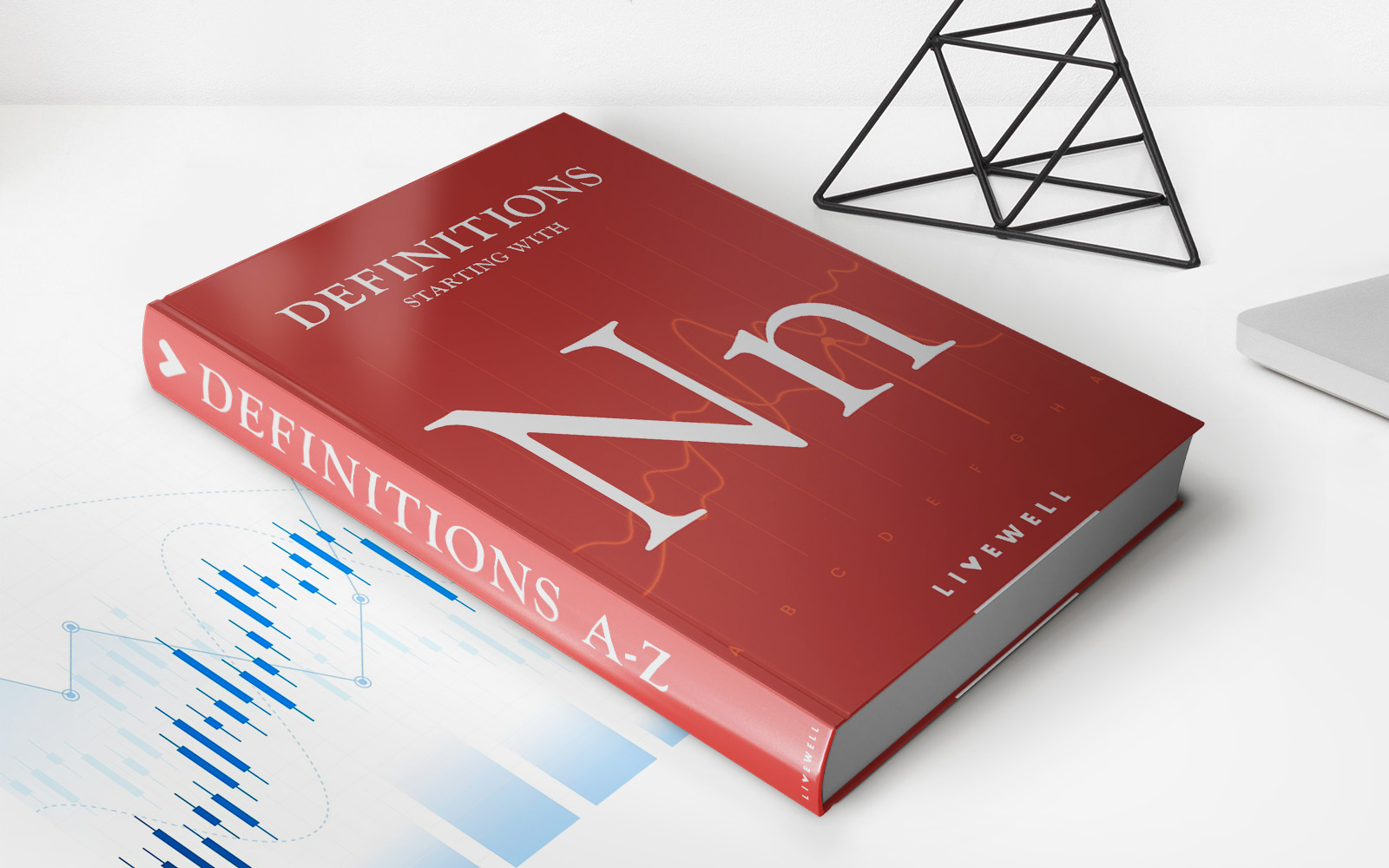
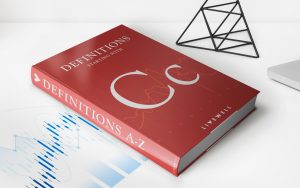
Finance
Cash: Definition, Different Types, And History
Published: October 25, 2023
Discover the key aspects of cash, including its definition, various types, and fascinating historical developments in the world of finance.
(Many of the links in this article redirect to a specific reviewed product. Your purchase of these products through affiliate links helps to generate commission for LiveWell, at no extra cost. Learn more)
Understanding Cash: Definition, Different Types, and History
When we talk about personal finance, one term that often comes up is cash. It plays a vital role in our day-to-day lives and financial decisions. But what exactly is cash? What are the different types, and how has it evolved over time? In this article, we will delve into the world of cash and explore its definition, types, and fascinating history.
Key Takeaways:
- Cash is a physical form of currency that includes coins and banknotes.
- It is important to have a basic understanding of cash to effectively manage personal finances.
Definition of Cash:
Cash is a tangible form of currency that can be used to fulfill financial transactions. It consists of physical tokens, such as coins and banknotes, that represent a specific value and are universally accepted as a medium of exchange.
Different Types of Cash:
Cash can be classified into various types, each serving a specific purpose in the modern financial system:
- Physical Cash: This type of cash refers to the physical currency we handle on a daily basis. Coins and paper money fall under this category.
- Electronic Cash: With the rise of digital banking services and online transactions, electronic cash has become increasingly popular. It includes digital forms of currency, such as debit and credit cards, mobile payment apps, and cryptocurrencies like Bitcoin.
- Central Bank Digital Currencies (CBDCs): CBDCs are digital currencies issued and regulated by central banks. Unlike cryptocurrencies, CBDCs aim to provide a digital representation of traditional fiat currencies, maintaining the stability and trust associated with them.
History of Cash:
The concept of cash can be traced back to ancient times. Humans have used various forms of currency throughout history, with each civilization developing its own unique system of exchange. Here are some notable milestones in the history of cash:
- Barter System: Before the existence of cash, people relied on the barter system, exchanging goods and services directly without the need for a common medium of exchange.
- Commodity Money: Commodity money emerged as a more efficient system. Items with intrinsic value, such as gold or silver, were used to facilitate trade.
- Metal Coins: The introduction of metal coins marked a significant shift in monetary systems. These standardized coins were minted by ruling authorities and became widely accepted across regions.
- Banknotes: In the 17th century, early forms of paper money, known as banknotes, were introduced. They represented a specific value backed by gold or silver deposits held by financial institutions.
- Modern Cash: As societies progressed, so did the evolution of cash. Today, our wallets contain a combination of physical cash, cards, and digital payment options that offer convenience and flexibility.
Cash remains an essential component of our financial lives, despite the increasing prevalence of digital transactions. Understanding the different types of cash and its historical roots can help us navigate the modern financial landscape more effectively. Whether it’s physical currency, electronic payments, or emerging digital currencies, a comprehensive grasp of cash is relevant for managing personal finances and making informed financial decisions.
Now that you have a clearer understanding of cash, its types, and its history, why not take a look at your own financial situation and see how cash influences your financial decisions?
